If you grew up in the ’70s, school wasn’t just about reading, writing, and arithmetic—it was also about navigating a maze of oddly specific rules that, looking back, seem downright bizarre. Whether it was strict dress codes, peculiar classroom etiquette, or playground policies that now sound laughable, these rules were just part of everyday life. But in today’s world, with more relaxed attitudes and a focus on inclusivity and individuality, most of these wouldn’t stand a chance. Let’s dive into 14 strangely specific school rules from the ’70s that would never fly today.
1. No Talking in the Lunch Line

In many schools, the lunch line was treated like a military drill—students were expected to stand in absolute silence as they waited for their sloppy joes and tater tots. Whispering to a friend could earn you a glare from the lunch lady or even detention. Today, lunch lines are a lot more relaxed, with kids chatting away as they wait. After all, what’s lunch without a little conversation?
2. Strict Skirt Length Checks
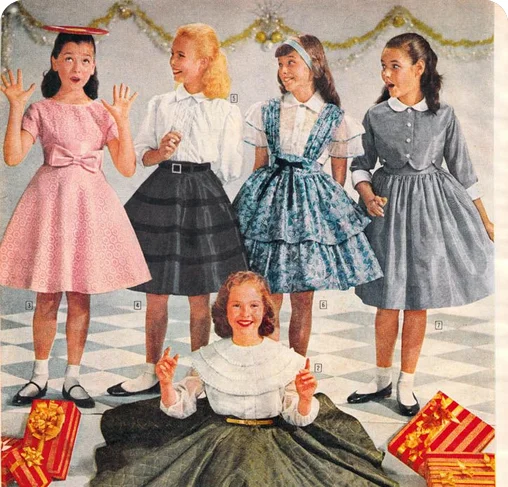
Girls in the ’70s had to follow rigid rules about skirt length, with many schools enforcing the infamous “fingertip rule” or even requiring skirts to touch the knees. Some schools went as far as measuring skirts with rulers, and getting sent home for a too-short hemline wasn’t uncommon. While dress codes still exist today, they’ve become much more flexible and gender-neutral. Plus, the idea of teachers measuring clothing would definitely raise some eyebrows now.
3. No Left-Handed Writing Allowed

Believe it or not, some schools in the ’70s still discouraged—or even outright banned—left-handed writing. Left-handed kids were often forced to switch to their right hand, with teachers claiming it was “neater” or more “correct.” Today, such a rule would be unthinkable, as we celebrate individual differences rather than try to correct them. Lefties everywhere can breathe a sigh of relief!
4. Boys Couldn’t Have Long Hair

In the ’70s, long hair on boys was often seen as rebellious, and many schools had rules against it. Some schools even sent boys home or forced them to get haircuts if their locks were deemed too long. Nowadays, students are free to express themselves with any hairstyle they choose, and rules like this would be seen as outdated and restrictive. After all, who’s got time to police hair length?
5. No Chewing Gum—Ever

Chewing gum was considered the ultimate classroom offense in the ’70s. Teachers believed it was distracting, disrespectful, and even a choking hazard, and getting caught with a piece of gum could land you in serious trouble. While some schools still discourage gum, the strict zero-tolerance approach has softened over the years. Plus, research now shows that chewing gum can actually help with focus—imagine that!
6. Girls Weren’t Allowed to Wear Pants
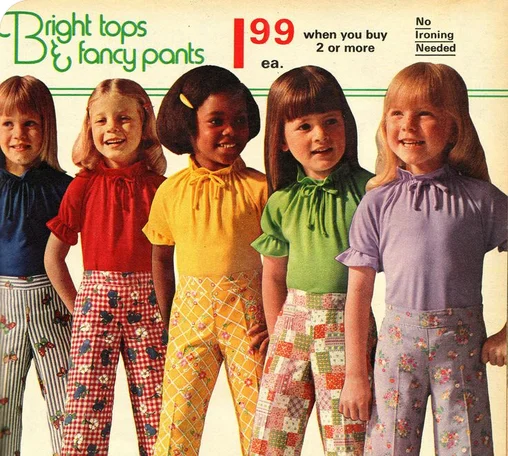
In many schools during the early ’70s, girls were required to wear dresses or skirts, with pants strictly off-limits. It wasn’t until the women’s liberation movement gained traction that these rules started to change, but not without resistance. Today, such gender-specific dress codes would be seen as discriminatory and outdated. Students are now free to wear what makes them comfortable, regardless of gender norms.
7. Silent Study Halls Only

Study halls in the ’70s were treated like a sacred space of silence—no talking, no whispering, and definitely no laughing. Even asking to borrow a pencil could get you a stern warning from the teacher monitoring the room. These days, study halls are often more relaxed, with collaborative learning encouraged and students allowed to work together. The idea of absolute silence seems more suited to a library than a flexible learning environment.
8. No Running on the Playground
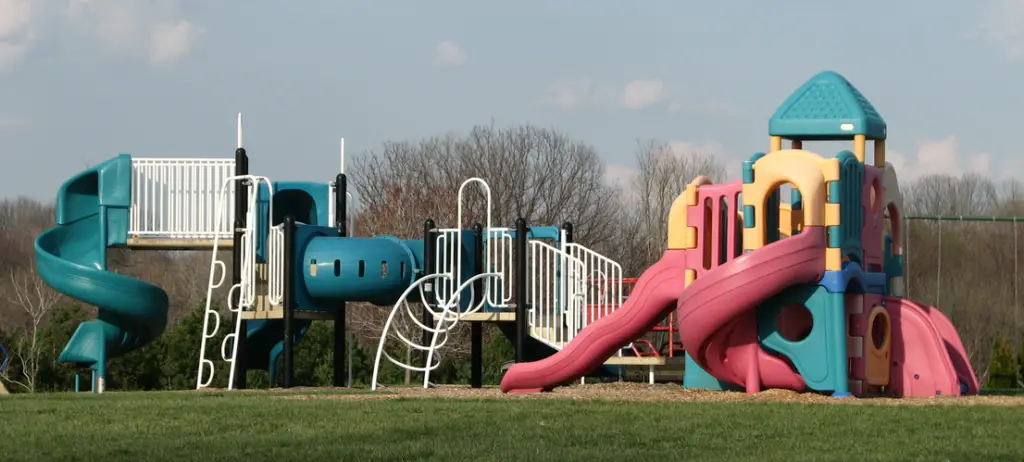
Ironically, some schools had strict rules against running on the playground to prevent injuries. Yes, you read that right—no running during recess. This baffling rule often left kids confused, turning recess into a strange version of “slow-motion tag.” Today, schools focus more on safety guidelines rather than banning basic activities like running altogether.
9. No Talking on the School Bus
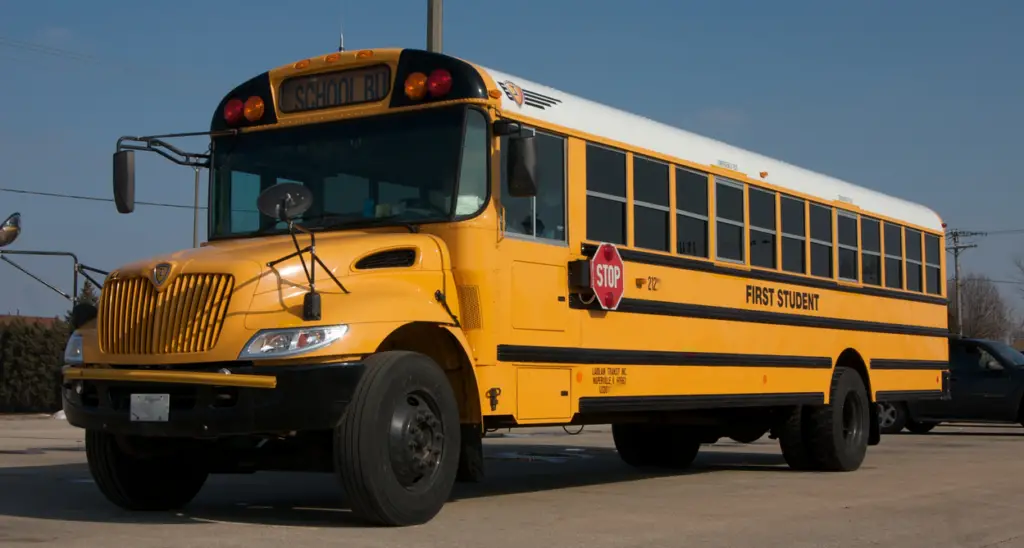
For some reason, the school bus was considered a place where silence was golden. Drivers often enforced strict no-talking rules to maintain order, but expecting a bus full of kids to stay quiet was wishful thinking at best. While drivers still need to maintain safety, the idea of complete silence on a busload of energetic kids seems pretty unrealistic today. Besides, half the fun of the ride home was swapping stories with friends.
10. Assigned Seating at Lunch

In some schools, students weren’t allowed to sit wherever they wanted in the cafeteria—they were assigned seats, often based on grade or class. This rule was meant to maintain order, but it took the fun out of lunchtime socializing. Today, lunch is one of the few times kids can freely hang out with friends, and the idea of assigned seating would probably spark a revolt. After all, lunchtime is sacred social time!
11. No Wearing Hats Indoors

Hats were strictly forbidden in schools during the ’70s, seen as a sign of disrespect indoors. Whether it was a baseball cap or a beanie, wearing a hat in class could get you sent to the principal’s office. Today, while some dress codes still discourage hats, many schools have relaxed this rule, especially with the rise of personal expression and cultural sensitivity. Plus, who doesn’t love a good hat on a bad hair day?
12. Mandatory Standing for the Pledge of Allegiance
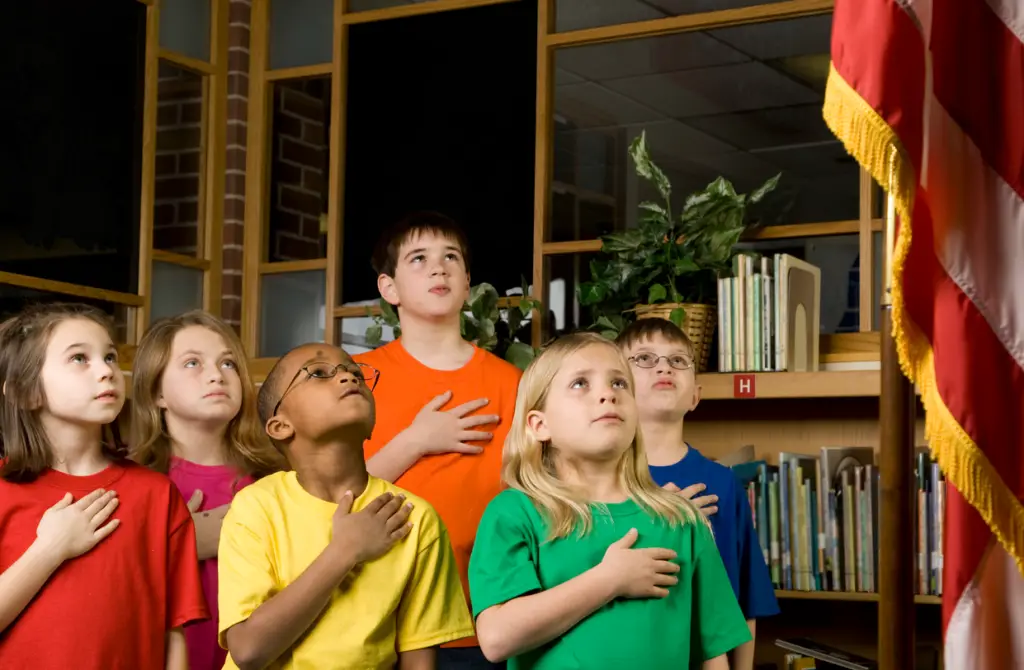
In the ’70s, standing for the Pledge of Allegiance wasn’t just expected—it was mandatory in most schools, and refusing could result in disciplinary action. While patriotism was emphasized, students didn’t have much room for personal choice or dissent. Today, students have more freedom to decide whether or not to participate, respecting individual beliefs and constitutional rights. It’s a shift that reflects the growing emphasis on personal freedoms in schools.
13. Punishments Involving Writing Lines
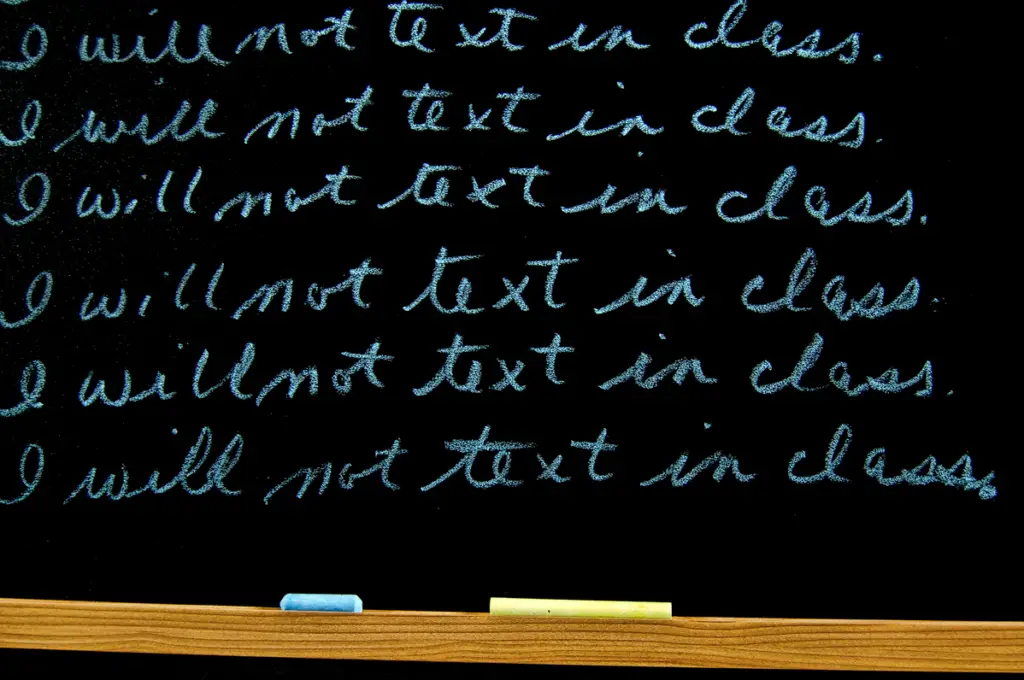
Getting in trouble in the ’70s often meant spending hours writing lines like “I will not talk in class” over and over until your hand cramped. This repetitive punishment was meant to drill the rules into your head—literally. Nowadays, such methods are seen as ineffective and outdated, with schools focusing more on restorative practices and constructive discipline. Plus, typing lines just wouldn’t have the same effect!
14. No Leaving Your Desk Without Permission

In many ’70s classrooms, students had to ask permission to do anything—even sharpening a pencil or blowing their nose. Getting up without approval could be seen as defiance, and teachers kept a tight grip on classroom movement. Today’s classrooms are much more flexible, encouraging students to move around and engage with their learning environments. The idea of sitting still all day feels more like a punishment than a productive way to learn.
Looking back, these strangely specific school rules from the ’70s feel like relics of a different time. While some were well-intentioned, many now seem overly strict or just plain unnecessary. Thankfully, today’s schools have evolved to prioritize individuality, flexibility, and student well-being. But hey, those quirky rules gave us some great stories—and a few laughs—along the way!


